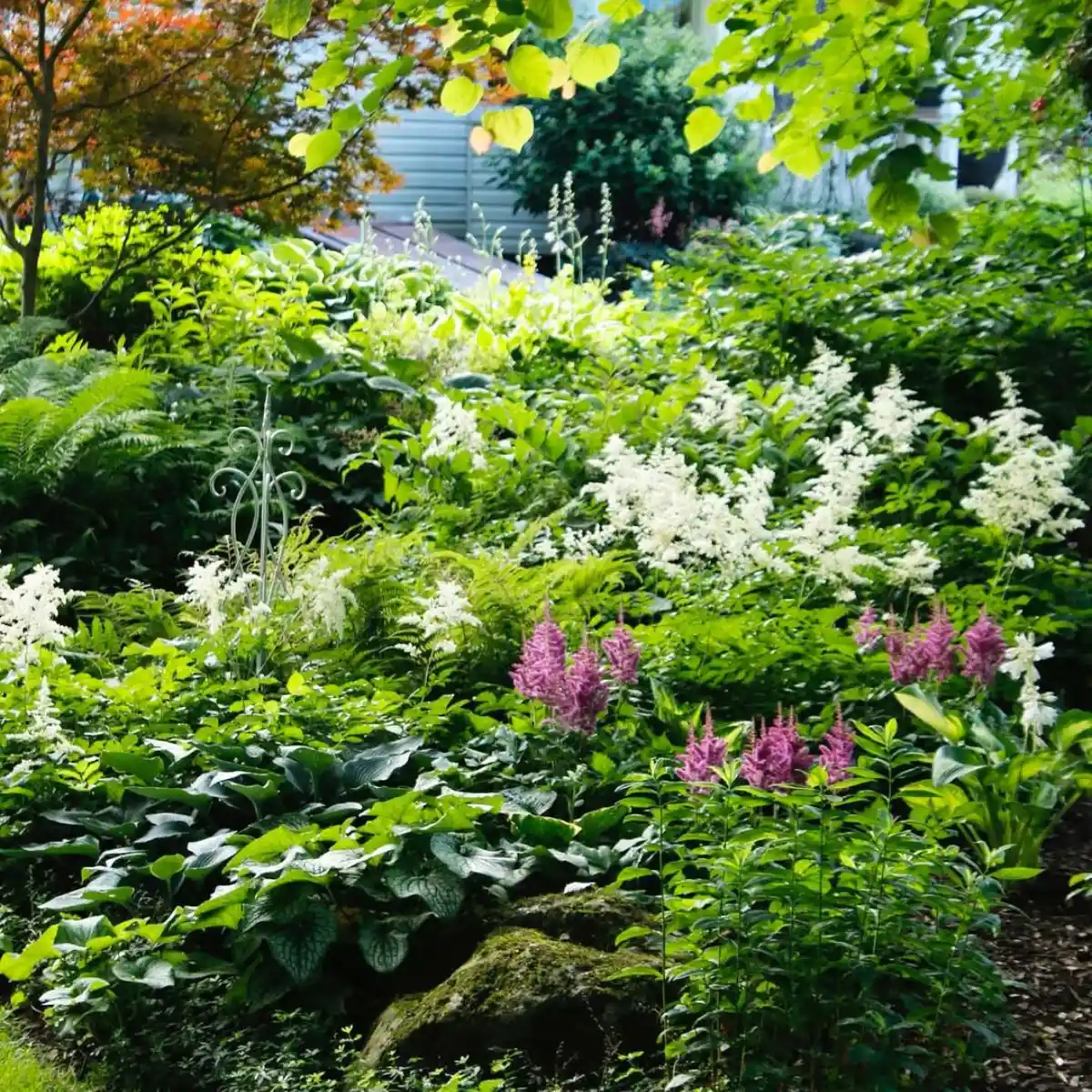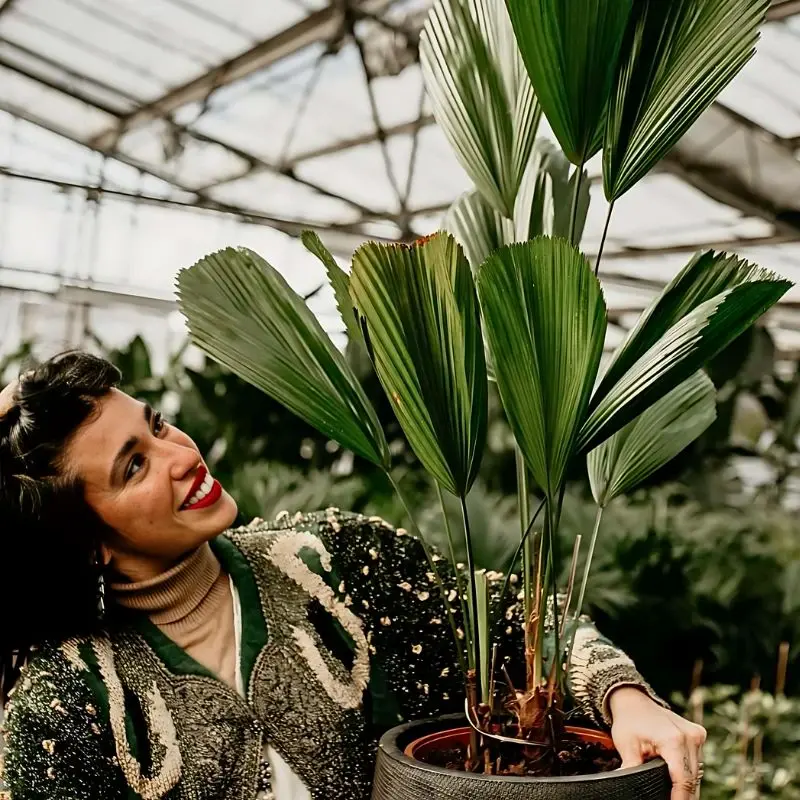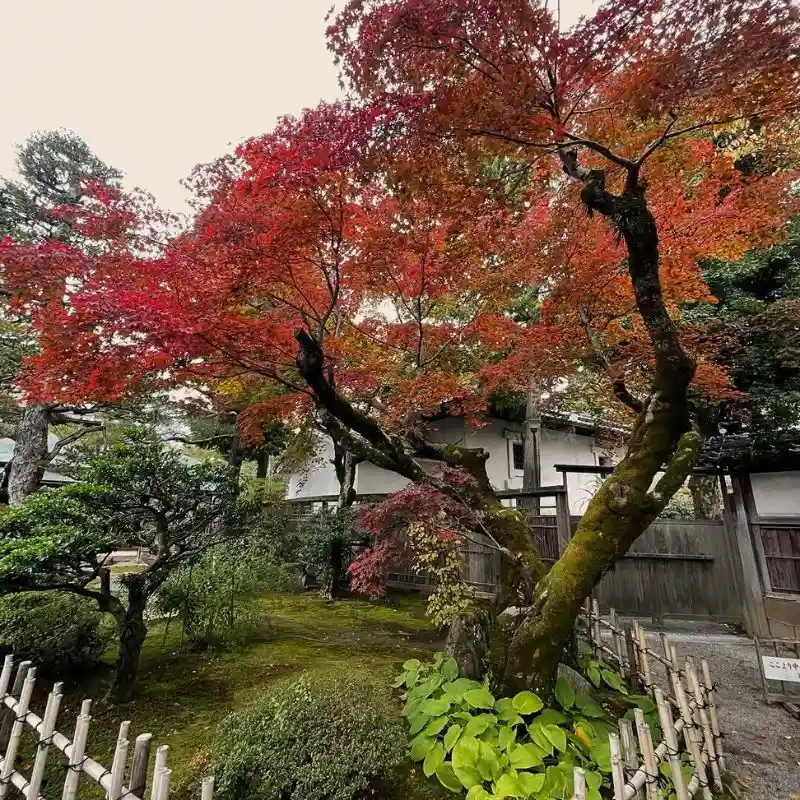The Bangalow palm tree (Archontophoenix cunninghamiana) is one of the most popular palm varieties found in Australian gardens—and for good reason. With its tall, slender trunk and full crown of bright green fronds, it brings a relaxed, tropical feel to any outdoor or indoor space. Its leafy canopy offers gentle shade and movement, making it a favorite for those wanting a plant that’s both visually striking and practical in warmer climates. Keep reading to know all the essentials about it and how to appropriately approach its care and handling for the best results.
What is the Bangalow Palm Tree?
The Bangalow palm, also known as the Piccabeen or King palm, is a fast-growing, single-trunked palm that can reach heights of up to 30 meters. Its smooth, grey trunk is topped with a crown of arching fronds, creating a graceful canopy. The palm produces pale purple flowers and bright red fruits, adding to its ornamental appeal.
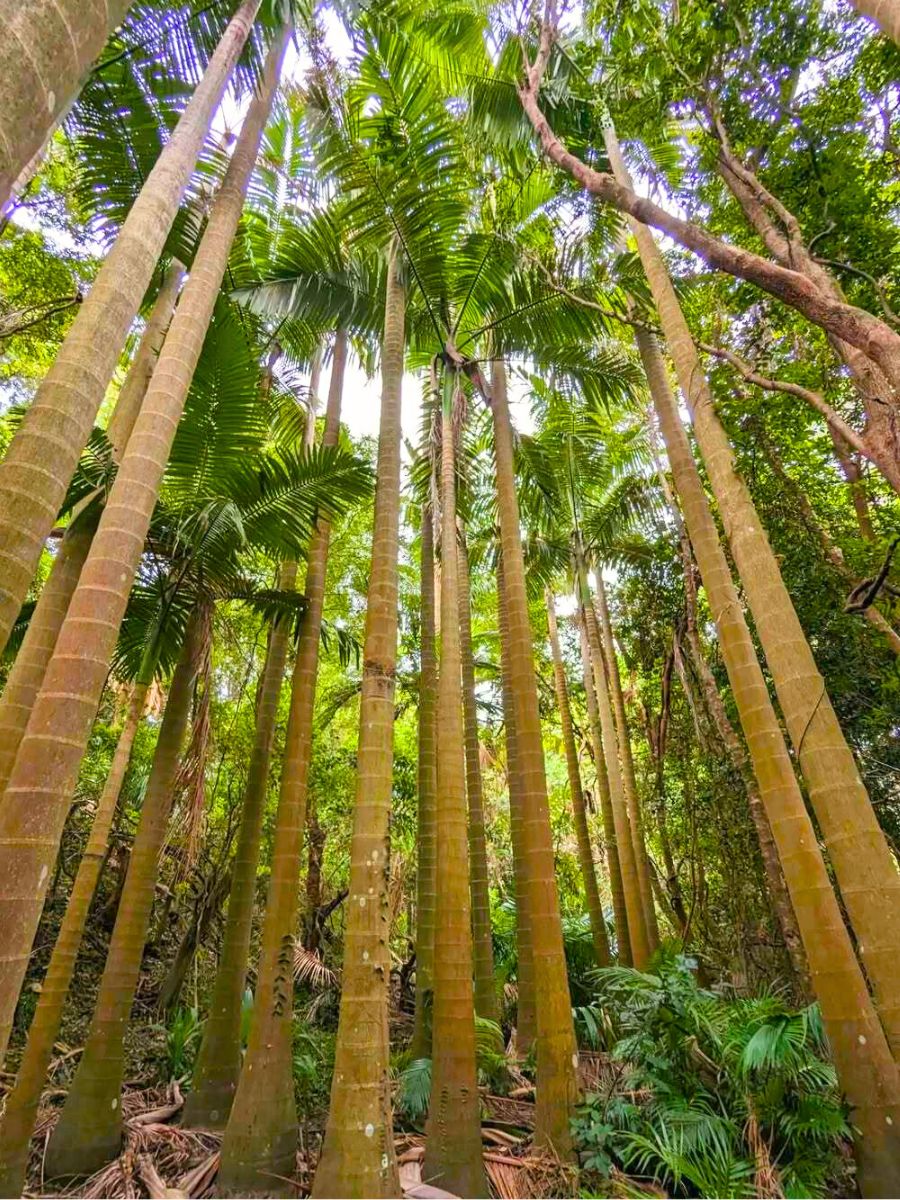
Photo: @garden_and_cosmos
The scientific name Archontophoenix cunninghamiana reflects both its majestic stature and its botanical history. 'Archontophoenix' combines Greek words meaning 'ruler' and 'date palm', while 'cunninghamiana' honors Allan Cunningham, a British botanist who collected extensively in Australia. The common name 'Bangalow' is derived from an Aboriginal term referring to the palm's use in making water-carrying baskets.
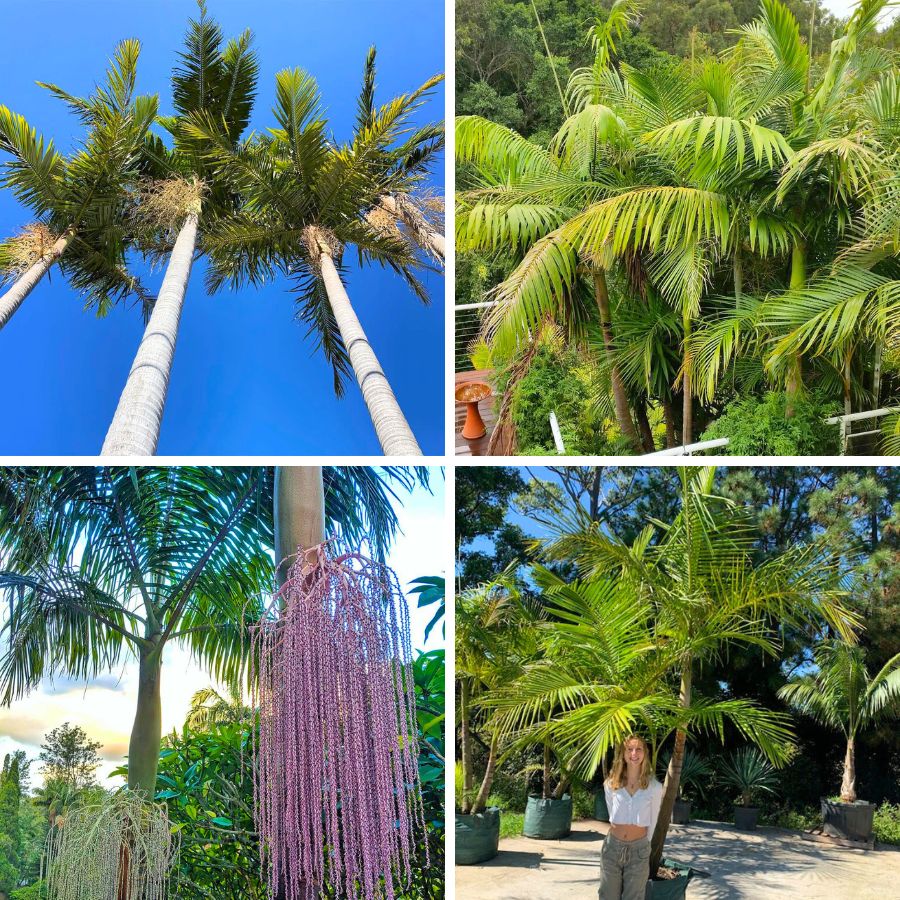
Benefits of Growing Bangalow Palm Trees in Your Garden
For those wanting a tall feature in the garden, the Bangalow palm makes a great choice. Under the right conditions, it can reach heights of up to 25 meters (82 feet), with a wide canopy that spreads several metres across. Its slim trunk—just over a foot thick and slightly wider at the base—allows for companion planting nearby, making it easy to design a layered, tropical-looking garden.
One of the reasons it's so popular is its growth speed. It grows faster than many other palm varieties, so you won’t be waiting years to see a significant impact in your landscape.
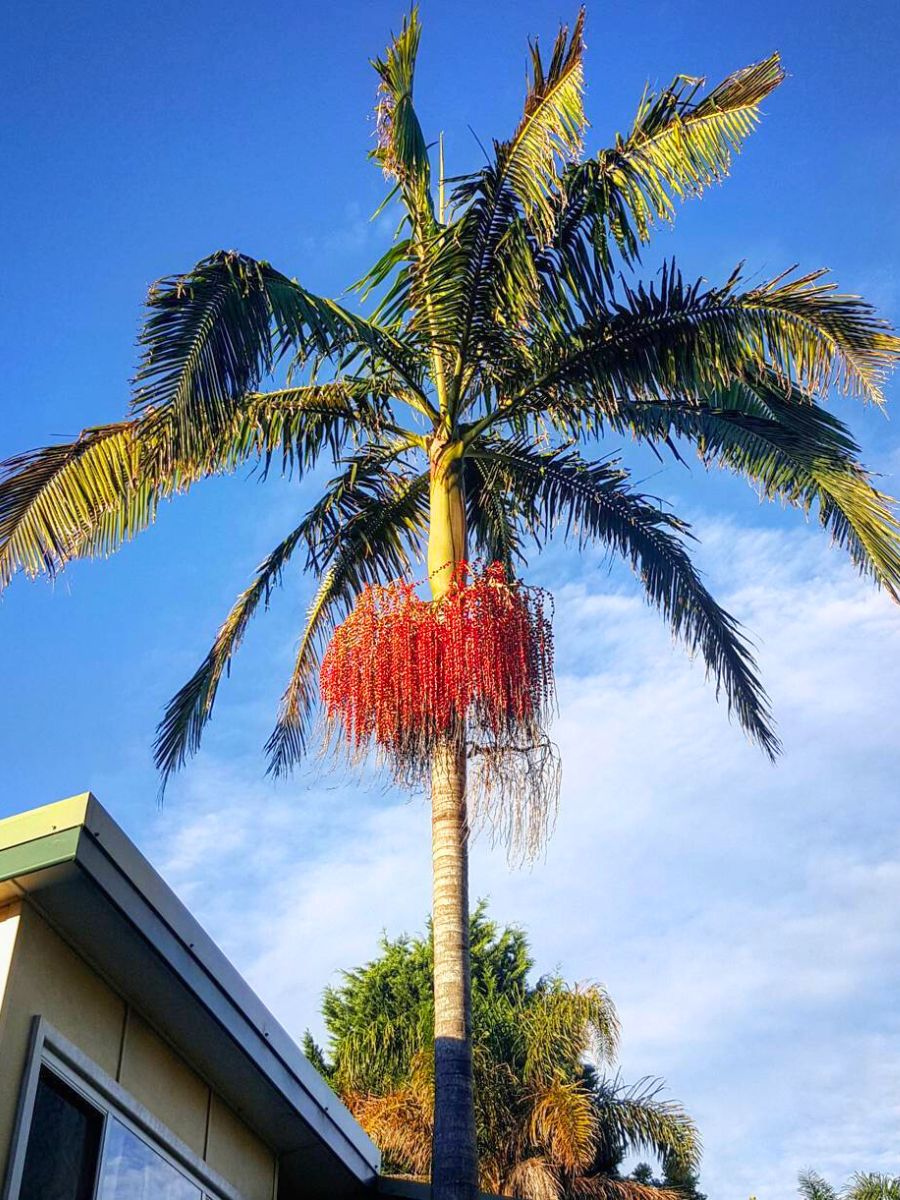
Another advantage is its non-invasive root system so you always can plant it around your house and not worry about its invasion unlike some vine species. The roots are shallow and non-aggressive, meaning it’s generally safe to plant near buildings, fences, or pipes without worry. These palms can also be planted in rows, such as along a driveway or footpath, as long as there’s enough space between each tree for airflow and healthy development.
If you live in a region with cool to moderately cold winters, the Bangalow palm is also a smart option. It handles colder temperatures better than many tropical palms and is considered cold-hardy. Younger plants may need some protection early on, but overall, it's a resilient choice for temperate climates.
Compared to other palms, the Bangalow is a low-maintenance plant. It sheds and removes dead leaves by itself, eliminating the need for regular pruning. If you want a truly tropical feel in your garden, this is a great choice. Just make sure that you have enough space for it to grow to its full towering height in order to truly appreciate this Australian beauty.
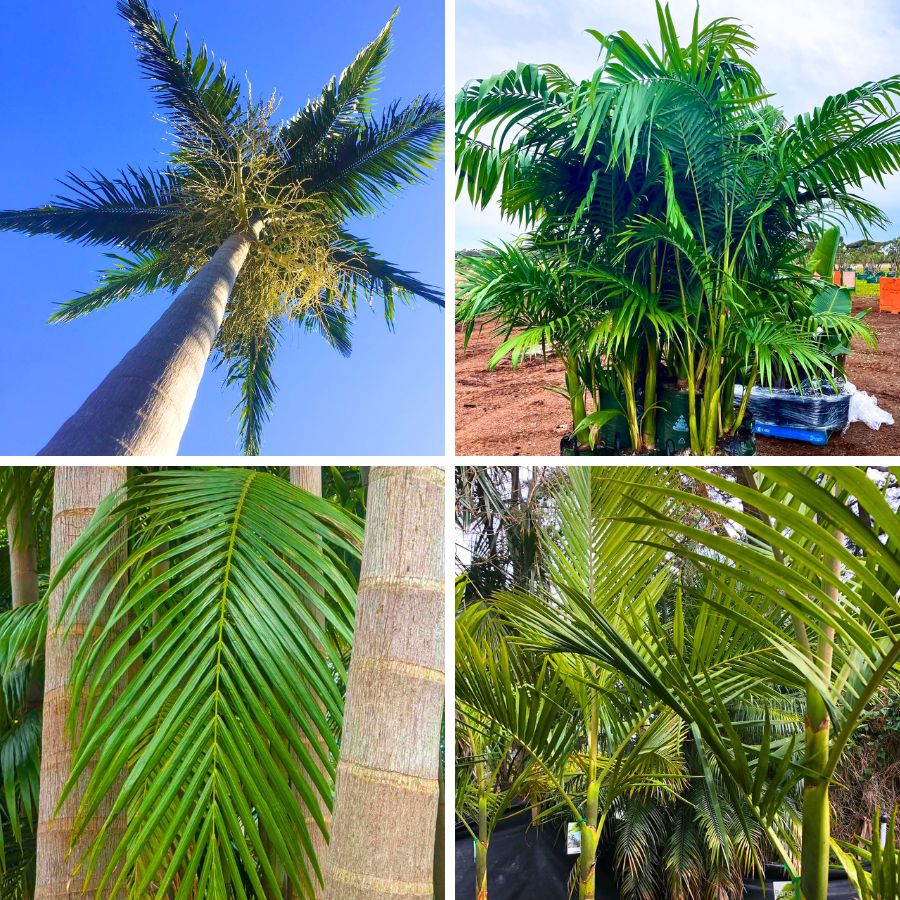
Bangalow Palm Tree Care
The Bangalow palm tree care is relatively straightforward, making it a popular choice not just for landscapers but for home gardeners who want an easy way to add height, greenery, and a tropical feel to their space. Still, proper care is what keeps this fast-growing palm healthy and looking its best year-round. From planting and watering to fertilising and pruning, each step plays a role in its overall growth and appearance.
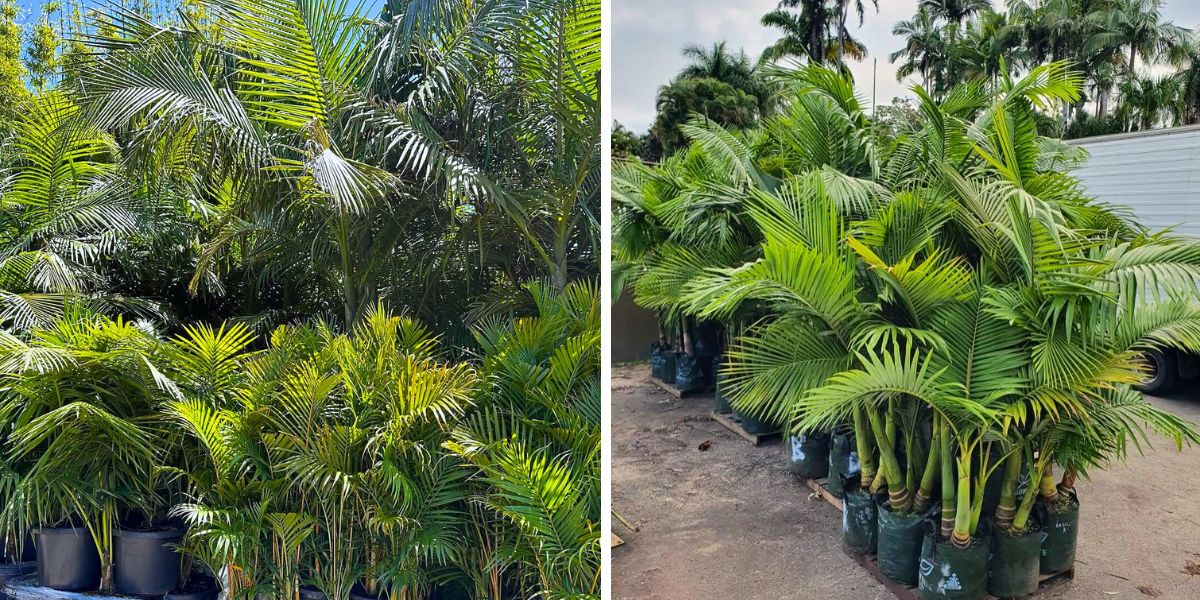
Planting Conditions for the Bangalow Palm
To give your piccabeen palm tree the best start, it's important to plant it in the right conditions. This species prefers rich, well-drained soil and does especially well in loamy or sandy substrates. It’s adaptable to a range of pH levels, but slightly acidic soil tends to support the strongest growth. Choose a spot that receives full sun to part shade—although the bangalow palm is quite tolerant of lower light, it thrives when given bright, indirect light or filtered sun, especially in its younger stages.
When planting, ensure the hole is at least twice as wide as the root ball and just as deep. Gently loosen the roots before placing the palm in the ground, then backfill with a mix of soil and organic compost to encourage early growth. Water well immediately after planting to help settle the soil and eliminate air pockets. For potted bangalow palms, make sure the container has proper drainage holes and avoid using overly compacted soil.
Watering and Moisture Needs of the Bangalow Palm Tree
The bangalow palm is native to moist rainforest environments in eastern Australia, so it naturally prefers consistent moisture. However, that doesn't mean it likes soggy soil. Overwatering can lead to root rot, especially in containers or poorly draining garden beds. The key is balance: keep the soil slightly damp, particularly during the warmer months and while the plant is still establishing itself.
In general, newly planted bangalow palms will need more frequent watering—several times a week depending on temperature and rainfall. Once established, they become more drought-tolerant but still benefit from regular moisture. During hot or dry spells, an occasional deep soak will help prevent stress. In winter, reduce watering, particularly if the plant is in a shaded spot or grown indoors.
Bangalow Palm Tree - Fertilising for Healthy Growth
To support its fast growth and vibrant foliage, the bangalow palm tree responds well to a regular feeding schedule. Use a slow-release, balanced fertiliser designed specifically for palms, ideally one that includes magnesium and other trace elements that palms require to avoid yellowing or discoloration. Feed the plant in early spring, then again in midsummer. If the palm is planted in a nutrient-rich garden bed with regular compost or mulch, you may only need to fertilise once or twice a year.
Avoid over-fertilising, especially with high-nitrogen blends, as this can lead to weak trunk development and overly rapid growth that stresses the plant. For potted palms, use a liquid fertiliser diluted to half strength every four to six weeks during the growing season.
Bangalow Palm Pruning and Maintenance
One of the benefits of growing a bangalow palm tree is its low-maintenance nature. Pruning is minimal and mostly cosmetic. Remove dead, brown, or damaged fronds as needed to keep the tree tidy and reduce the risk of pest infestations. Always cut fronds at the base using clean, sharp tools, and avoid removing green, healthy fronds unless absolutely necessary, as this can disrupt the palm’s growth and nutrient cycle.
The palm naturally sheds older fronds over time, so aggressive pruning isn’t required. In fact, over-pruning is one of the most common mistakes made with palms. If left alone, the bangalow palm maintains a clean, elegant trunk and crown without constant trimming. Be especially cautious not to damage the crownshaft—the smooth, green section just below the fronds—as injury to this area can affect the entire tree’s health.
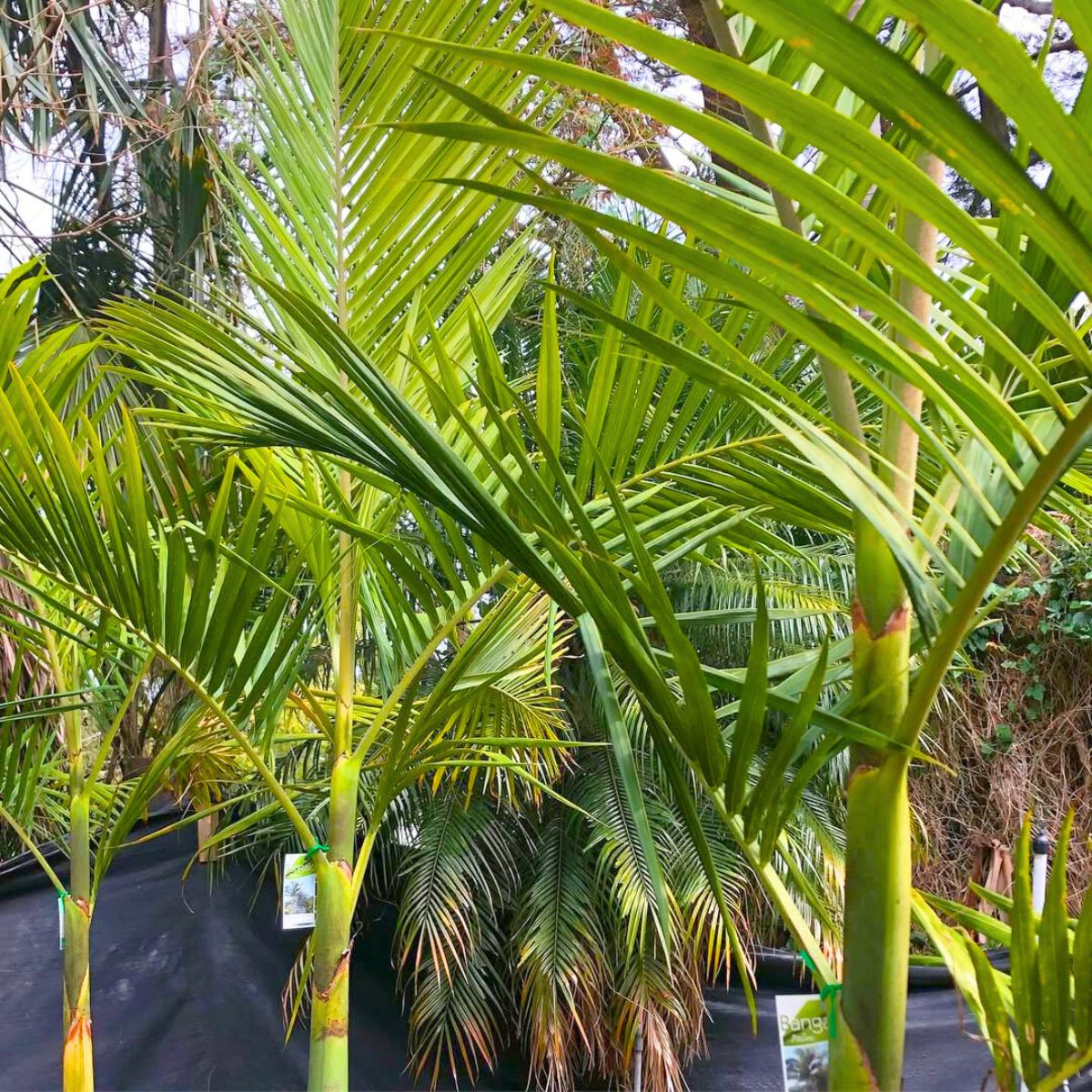
Pest and Disease Management When Caring for Bangalow Palm
While relatively hardy, the bangalow palm is not immune to pests. Common issues include scale insects, spider mites, and mealybugs, particularly if the plant is stressed due to poor soil or inconsistent watering. These pests often appear on the undersides of leaves or around the base of the fronds, and can be treated with insecticidal soap or horticultural oils. For severe infestations, a systemic insecticide may be needed, though it’s best to consult with a local nursery or arborist before applying chemicals.
Fungal diseases such as root rot or leaf spot can occur in poorly drained conditions or in high humidity with inadequate air circulation. Keeping the area around the base of the palm clear of debris, avoiding overhead watering, and maintaining healthy soil can all help reduce the risk of fungal infections. If you notice soft, discoloured stems or foul smells at the base, the palm may be suffering from root rot and should be addressed quickly.
Cold Tolerance and Climate Considerations for Bangalow Palm Tree
Although native to subtropical regions, the bangalow palm is surprisingly resilient to cooler temperatures. Once mature, it can tolerate light frost and short periods of cold down to around -2°C (28°F), though younger plants will need protection in these conditions. In colder climates, growing the bangalow palm in a container that can be moved indoors or to a sheltered area during winter is a smart option.
In more temperate and tropical zones, the palm thrives outdoors year-round and is often used for street planting, parks, and large gardens. It can also grow well indoors if provided with enough light, humidity, and space, though keep in mind it may grow more slowly in a pot and require occasional repotting as it matures.
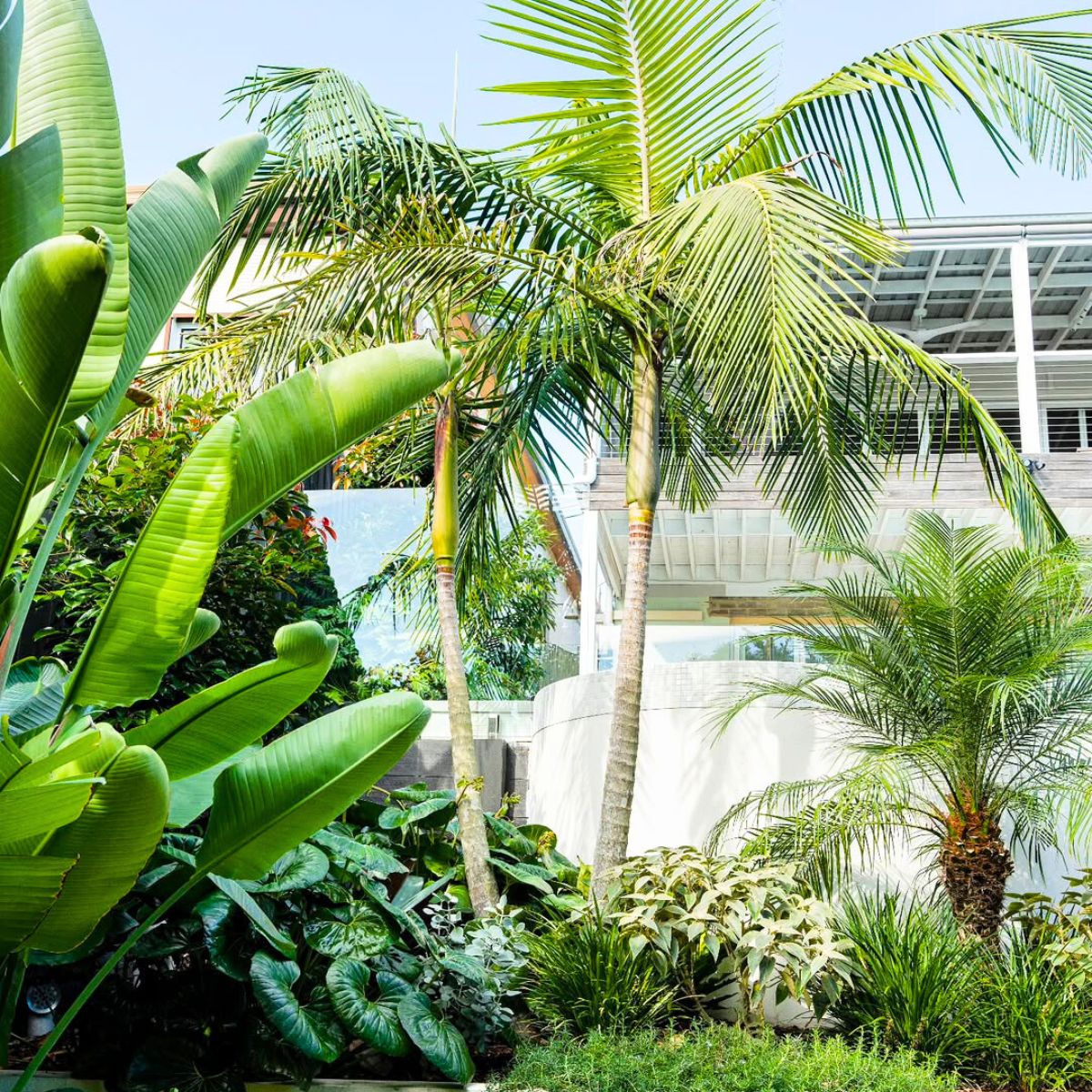
With the right conditions and a bit of attention, the Bangalow palm tree can thrive for years, offering shade, movement, and a distinctly tropical feel to any space. Whether planted as a standalone feature or in a group, it’s a low-fuss, high-impact option for gardens across a range of climates.


